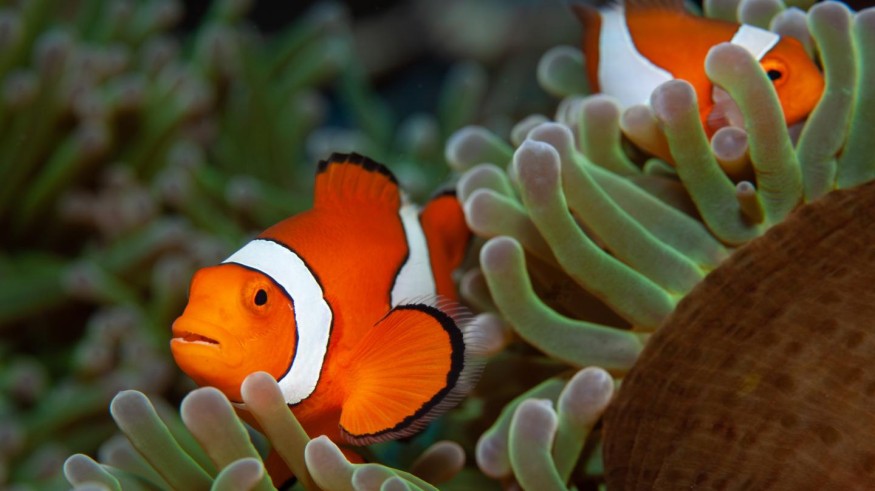According to research, there is plenty of fish in the water, but "ugly" fish also deserve attention.
The most visually beautiful reef fish also appear to require the least conservation help, according to the study, whereas the most "ugly" fish are the most endangered species.
"We must ensure that our 'natural' aesthetic biases do not become a conservation effort prejudice," said Nicolas Mouquet, a community ecologist at the University of Montpellier and one of the study's primary authors. He believes the disparity between aesthetic value and extinction risk will have long-term consequences.
"Beautiful" Fishes Don't Need as Much Help

First, Mouquet's team ran an online poll in which 13,000 people scored the visual appeal of 481 photos of ray-finned reef fish. The data was entered into an artificial intelligence system, which allowed the researchers to forecast how individuals would have evaluated 2,417 of the most frequently recognized reef fish species based on 4,400 distinct photos.
Bright, colorful, and round-bodied fish species, such as the queen angelfish and the striped cowfish, were consistently ranked as more "attractive" in the combined findings. They were, however, the least "evolutionarily different" species, indicating they are genetically more comparable to other fish.
Also Read : Frankenstein Fish Spooks Social Media
Aesthetic Ranking

Fish species with lower aesthetic rankings and were deemed "uglier" by the public - usually "drab" fish with elongated body shapes and no delineated color patterns, like the telescopefish or the round herring - were also more ecologically distinct, at greater ecological risk, and listed as "threatened" on the International Union for Conservation of Nature Red List.
According to the study, the more "unattractive" species have developed to look this way because they typically reside in the water column and must hide inside a more uniform environment, but this also makes them more commercially valuable and more likely to be overfished.
Their research reveals significant discrepancies between potential public support for conservation and the species most in need, Mouquet added. He pointed out that there have been established biases in conservation efforts for various animal species - for example, vertebrates are far more represented in the study than invertebrates - and that aesthetic value is often a critical underlying component in these choices.
"Species like clownfish and colorful parrotfishes are undoubtedly the easiest for people to identify with... and it makes sense why they're often utilized as the face of conservation initiatives," said Chloe Nash, a University of Chicago researcher. She wasn't involved in the study. "However, the bulk of fish biodiversity is made up of species that aren't regarded 'aesthetically pleasing.'"
While aesthetics are recognized as an essential ecosystem function, their impact on policy and conservation decisions is often overlooked, according to Joan Iverson Nassauer, a landscape ecology scholar at the University of Michigan who was not involved in the study. "This study quantifies the impact of aesthetic experience on science and management," Nassauer added. To prevent oversimplification in a future study, she suggests considering how test participants would rate fish in their natural environment and at their normal size.
Recognizing Key Aspects
These findings, according to Mouquet, can help researchers grasp "non-material components of biodiversity," which make up what scholars refer to as "nature's contribution to humans" - the negative and positive consequences of the natural world on people's quality of life.
He added that more studies in this area might help scientists better foresee the effects of extinction and develop suitable communication tactics to address the issue with the public, governments, conservation NGOs, and even other researchers.
For the most recent updates from the animal kingdom, don't forget to follow Nature World News!
© 2025 NatureWorldNews.com All rights reserved. Do not reproduce without permission.





